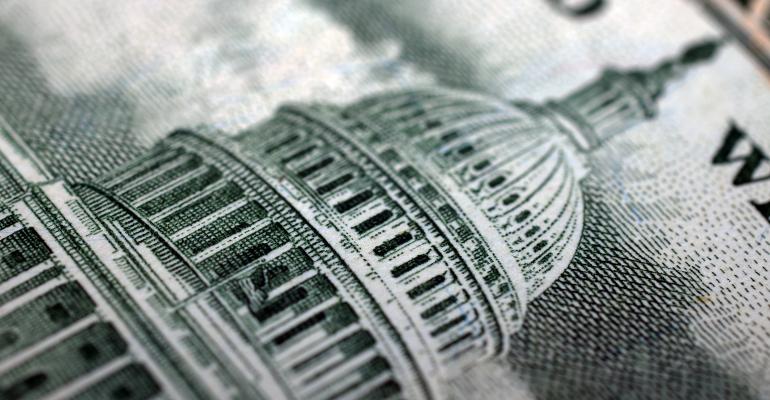There’s a lot of controversy over registered investment advisory firms taking Paycheck Protection Program loans authorized under the CARES Act, passed in response to the COVID-19 pandemic.
These loans are meant to incentivize small businesses to keep employees on the payroll even as economic conditions crater during the health crisis. Does that include financial advisory firms? Most are small businesses. But are these the small businesses the program was meant to help?
Our reporter Patrick Donachie is keeping a tally on WealthManagement.com of RIAs that have taken the loans. The reaction from other advisors has been brutal. Many are livid that these firms—ostensibly run by individuals who understand financial risk and plan for contingencies—have quickly run to this particular well.
It’s especially galling to many of our readers, given that some of these RIAs that took the money have repeatedly said—publicly—that business was “booming” during the crisis. Indeed, many RIAs thrived during the 2008 financial crisis as confused investors sought help. Economic uncertainty leads to a demand for their services, they say.
Advisors who took the loans rightly argue that no one knew for sure that market valuations—largely determining their revenue—would be as resilient as they have been. But today, RIAs are, by and large, in a better position than they were a year ago, and no one was worried about their viability then—exactly the opposite.
So now the argument that some RIAs are making—that the PPP loan is a straightforward business loan, no different than any other loan, and comes with risk—just won’t wash.
These are clearly tax-payer subsidized. The meager interest rate that may eventually be charged to the borrowers doesn’t cover the costs of making the loans. The SBA has committed fees to the banks ranging from 3% to 5% of the value.
John C. Coffey, law professor and director of the center for corporate governance at Columbia University, estimates that on the first tranche of the PPP loan program, taxpayers would be on the hook for some $14 billion to the banks as compensation for simply running the program.
Furthermore, these aren’t loans at all if they work properly and the firms retain employees—that’s the whole point. It’s worth noting that many RIAs who have taken the loans vowed to keep employees on even before the program arrived. If they now apply to have the loan forgiven, it becomes a straightforward grant, thank you taxpayer. And if the market keeps its current level, it’s a grant these firms don’t need.
So, let’s see—if we give these RIAs the benefit of the doubt that they acted out of excessive caution, how many will now return the money they don’t need and pay the implied interest they owe? Or how many will take the next step, declare themselves entrepreneur heroes by keeping employees employed, and get the debt forgiven? Time will tell the tale.

David Armstrong
Editor-In-Chief





